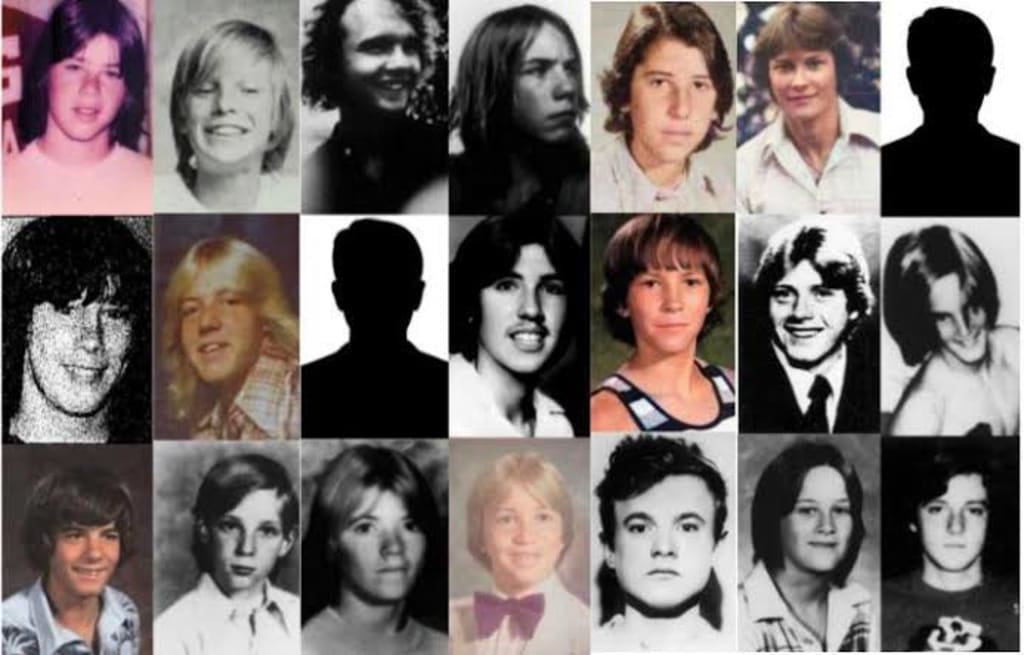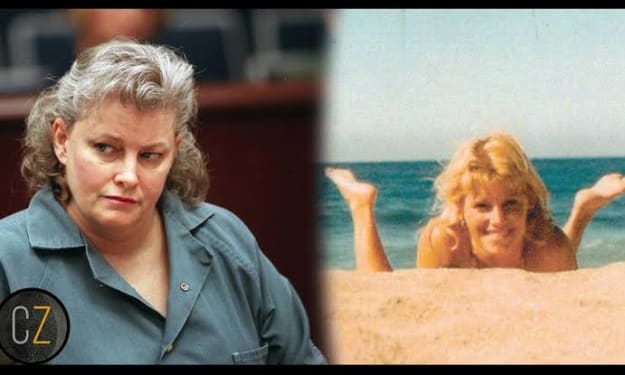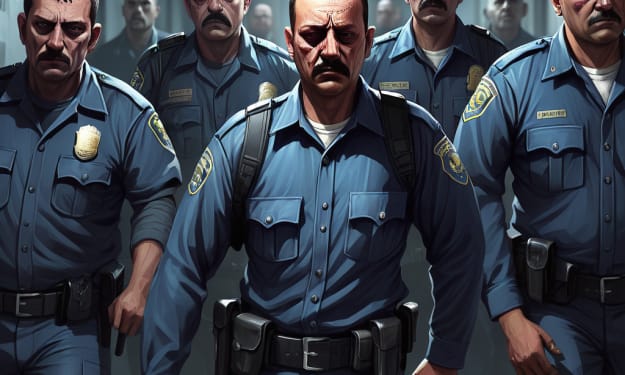William Bonin ("Freeway Killer")
William Bonin, notoriously known as the "Freeway Killer," was an American serial killer who terrorized Southern California in the late 1970s and early 1980s.

William Bonin notoriously known as the Freeway Killer was an American serial killer who terrorized Southern California in the late 1970s and early 1980s. His gruesome crimes shocked the nation and left a lasting impact on criminal profiling and law enforcement procedures.Born on January 8, 1947, in Connecticut Bonin had a troubled childhood marked by instances of abuse and neglect. As a teenager, he displayed behavioral problems and became involved in petty crimes. He eventually joined the U.S. Air Force but was discharged in 1968 due to his unstable behavior. After leaving the military, he moved to Southern California, where he would later commit his heinous crimes.Bonin's killing spree began in 1979 and continued until his arrest in 1980. He primarily targeted teenage boys, often hitchhikers or runaways. His modus operandi involved luring his victims into his vehicle, torturing and sexually assaulting them, and eventually murdering them. He then discarded their bodies along Southern California freeways, which earned him the chilling moniker Freeway Killer His first known victim was a 14-year-old named Thomas Lundgren, whose body was discovered by a construction worker in a remote area. The discovery of Lundgren's body marked the beginning of a series of similar gruesome findings along the highways. The police initially struggled to connect these crimes, as they were spread across different jurisdictions.
The breakthrough in the case came when two survivors of Bonin's attacks provided crucial information to the police. They described a blue van that Bonin drove and gave detailed accounts of their harrowing experiences. This information helped the police link the crimes to a single perpetrator and narrowed down their search. In May 1980 Bonin was apprehended while driving his blue van with a young man who had narrowly escaped his clutches.During his trial, which began in 1982, Bonin was found guilty of 10 murders. He was sentenced to death for his heinous crimes, making him one of the first serial killers to be sentenced to death in California after the state reinstated the death penalty in 1978. However, his sentence was far from the end of the legal proceedings.Bonin's case dragged on for years due to multiple appeals and legal challenges. His lawyers argued about the validity of evidence and the fairness of his trial. The lengthy appeals process added to the agony of the victims' families, who were forced to relive the horrors of Bonin's crimes repeatedly. In 1996, after years of legal battles, William Bonin was executed by lethal injection at San Quentin State Prison. His execution marked the end of one of California's most infamous criminal cases.
The case of William Bonin had a lasting impact on law enforcement procedures and criminal profiling. The hunt for Bonin and the subsequent trial highlighted the need for better communication and collaboration between different police departments and jurisdictions, leading to improvements in interagency cooperation. The survivors' testimonies also shed light on the trauma experienced by victims of serial killers, helping to reshape victim support and advocacy. Furthermore, Bonin's case contributed to the study of criminal psychology and profiling. His background of childhood abuse and troubled behavior underscored the importance of understanding the early signs of violent tendencies in individuals. The study of his modus operandi and patterns of behavior added to the growing body of knowledge about serial killers and their motives. In conclusion, William Bonin, the Freeway Killer left a dark and chilling legacy in the annals of American crime history. His gruesome murders, targeting young boys and leaving their bodies along California's highways, shocked the nation. His case prompted improvements in law enforcement cooperation and victim advocacy and it added to the understanding of criminal psychology and profiling. While his execution brought closure to the victims' families, the memory of his heinous crimes continues to serve as a reminder of the horrors that some individuals are capable of committing.





Comments
There are no comments for this story
Be the first to respond and start the conversation.